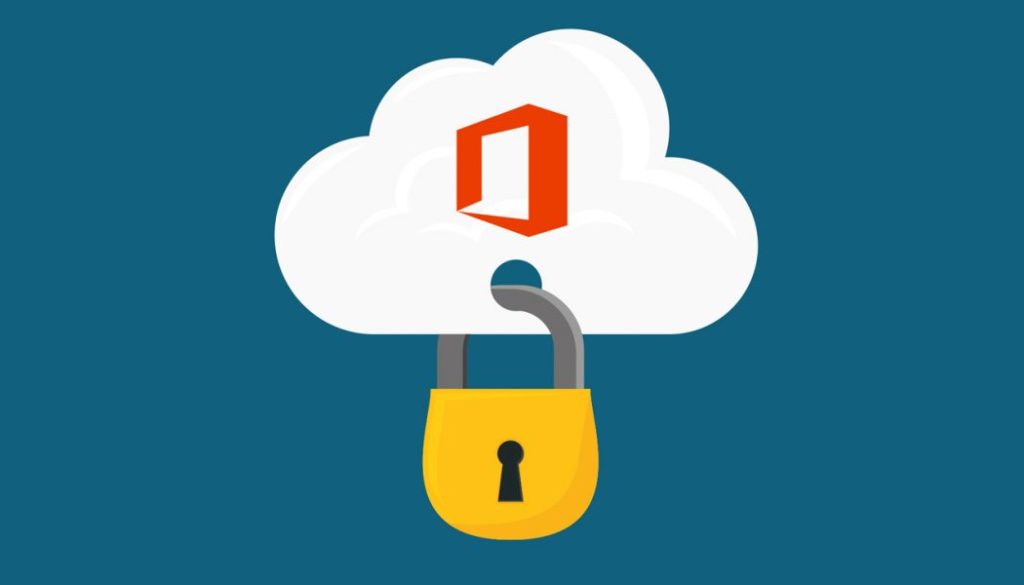
What’s for Sale on the Dark Web (and How AI Is Changing the Marketplace)
Explore the goods and services that may be available on the dark web and see how the impact of AI has changed the dark web economy.
Read More
Explore the goods and services that may be available on the dark web and see how the impact of AI has changed the dark web economy.
Read More
Take a deep dive into the players and locations that foster cybercrime on the dark web.
Read More
Learn about the critical role IT professionals play in protecting industrial control systems & get tips to help protect them from bad actors.
Read MoreIf we were to record a time-lapse of cybersecurity awareness over time, it would reveal an exponential curve driven by news headlines of privacy breaches and data misuse. In today’s fast-paced digital environment, the most practical solutions for securing organizations and users are often clouded by bright shiny objects. Recognizing this trend, the theme for this month’s 16th annual National Cybersecurity Awareness Month (NCSAM) is: “Own it, Secure it, Protect it”. Follow along as the ID Agent team breaks down the basics and outlines how cybersecurity is truly a shared responsibility for us all, as consumers, SMBs, and MSPs. You are what you consume In the wake of the heavily publicized Facebook and Cambridge Analytica scandal, it’s no secret that even seemingly innocuous information in our digital profiles is incredibly valuable to hackers. To make matters worse, it is constantly being exchanged on the Dark Web in order to be exploited in the near future. Social media is a double-edged sword, enabling us to innovate and communicate at rapid speeds, but also inviting cybersecurity threats that can compromise personal data. How can we strike the right balance? OWN IT. By understanding your digital profile, keeping privacy settings updated, and monitoring applications, you can take control of your personal information. Vigilance becomes increasingly relevant as we begin to see more social engineering methods, where fraudsters will take the guise of someone you trust in order to siphon your friend’s, family’s, or company’s data.
Read More
The benefits of moving your business to the Cloud have become crystal clear in recent years. It allows you to empower your aging IT infrastructure, integrate your existing tools seamlessly, scale as your organization grows and work anywhere on any device. However, as is often the case, convenience comes at a cost to security. Cloud services are no exception. In fact, the Cybersecurity and Infrastructure Security Agency (CISA) has released an Analysis Report after having conducted interviews with customers who used third-party partners to migrate their email services to O365. It found that these organizations had a mix of configurations that lowered their overall security posture and led to user and mailbox compromises and vulnerabilities. Here is what you need to know about the risks involved in transitioning to O365 and other cloud services. Default settings = Defeated settings CISA found that multi-factor authentication for administrator accounts was not enabled by default by either the customer or third-party integrator. Azure Active Directory (AD) Global Administrators in an O365 environment have the highest level of administrator privileges at the tenant level. This is equivalent to the Domain Administrator in an on-premises AD environment. The Azure AD Global Administrator accounts are the first accounts created so that administrators can begin configuring their tenant and eventually migrate their users. Multi-factor authentication (MFA) is not enabled by default for these accounts. These accounts are exposed to internet access because they are based in the cloud. If the password has been compromised on the Dark Web or elsewhere, these cloud-based accounts could allow an attacker to maintain a constant presence in a customer’s critical O365 services from the very start of migration – essentially giving them the keys to the kingdom. Solution: Ensure that multi-factor authentication is enabled from the beginning of your migration to the cloud. If you are unsure how to do this, a reliable Managed Service Provider will be able to implement this step. Think Before You Sync Azure AD Connect integrates on-premises environments (non-cloud) with Azure AD when customers migrate to O365 (cloud). This technology provides the capability to create Azure AD identities from on-premises AD identities (or to match previously created Azure AD identities with on-premises AD identities). The on-premises identities then become the authoritative identities in the cloud. In order to match identities, the AD identity needs to match certain attributes. If matched, the Azure AD identity is flagged as on-premises managed. Therefore, it is possible to create an AD identity that matches an administrator in Azure AD and create an account on-premises with the same username. One of the authentication options for Azure AD is “Password Sync.” If this option is enabled, the password from on-premises overwrites the password in Azure AD. In this particular situation, if the on-premises AD identity is compromised, then an attacker could move laterally to the cloud when the sync occurs. Solution: Ensure Azure AD password sync is planned for and configured correctly, prior to migrating users. A knowledgeable Managed Service Provider will be able to guide you through proper implementation of this precautionary measure. Just Following (Legacy) Protocol? Azure AD is the authentication method that O365 uses to authenticate with Exchange Online, which provides email services. It is important to keep in mind that there are several protocols associated with Exchange Online authentication that do not support modern authentication methods with multi-factor authentication features (such as POP3, IMAP and SMTP). Legacy protocols are used with older email clients and can be disabled at the tenant level or at the user level. However, if your organization requires older email clients as a business necessity, these protocols will not be disabled. This leaves email accounts exposed to the internet with only the username and password as the primary authentication method. Given the rampant exposure of credentials on Dark Web markets and elsewhere, a breach is highly likely to follow. Solution: One approach to mitigate this issue is to inventory users who still require the use of a legacy email client and legacy email protocols. Using Azure AD Conditional Access policies can help reduce the number of users who have the ability to use risky legacy protocol authentication methods. Taking this step will greatly reduce the attack surface for organizations. Again, an experienced Managed Service Provider will be able to ensure that your business is using the proper protocols. ID Agent provides a robust suite of services to address the risks faced by MSPs and that of their SMB clients. BullPhish ID™ delivers security awareness training and phishing simulations created specifically to help employees recognize and avoid phishing traps. Dark Web ID™ monitors the dark web for employee and supply chain credential exposure, which most often results from using those credentials on third-party websites. SpotLight ID™ provides comprehensive personal identity protection and restoration services for employees and customers, mitigating risk and providing peace of mind.
Read More